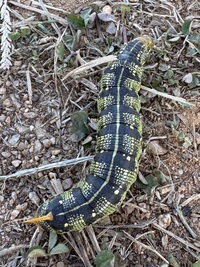
| Recorded by: Dan Helm on 2025-11-16
Forsyth Co.
Comment: | 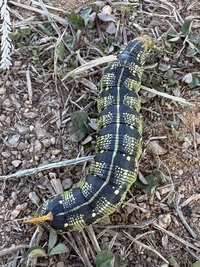
| Recorded by: Dan Helm on 2025-11-16
Forsyth Co.
Comment: |
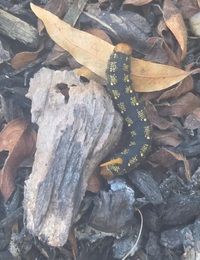
| Recorded by: Chelsea Bixler on 2025-11-14
Robeson Co.
Comment: | 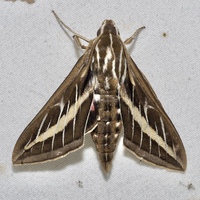
| Recorded by: Merrill Lynch on 2025-09-11
Watauga Co.
Comment: |
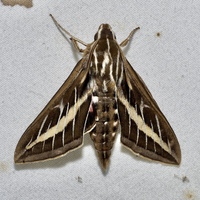
| Recorded by: Merrill Lynch on 2025-09-11
Watauga Co.
Comment: | 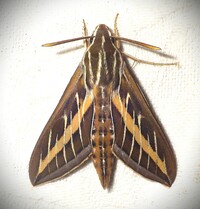
| Recorded by: Ken Kneidel on 2025-09-08
Mecklenburg Co.
Comment: |
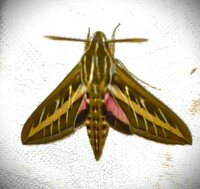
| Recorded by: Ken Kneidel on 2025-09-08
Mecklenburg Co.
Comment: | 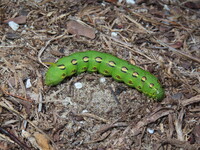
| Recorded by: Paul Hart on 2025-08-21
Harnett Co.
Comment: |

| Recorded by: Paul Hart on 2025-08-21
Harnett Co.
Comment: | 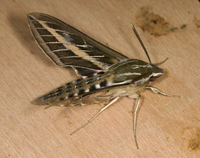
| Recorded by: Jim Petranka and Becky Elkin on 2025-07-29
Madison Co.
Comment: |
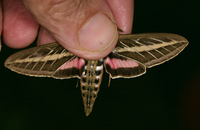
| Recorded by: Jim Petranka and Becky Elkin on 2025-07-29
Madison Co.
Comment: | 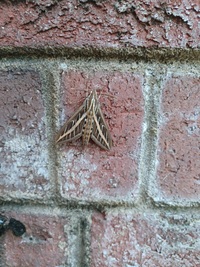
| Recorded by: Linda Cooke on 2025-07-24
Johnston Co.
Comment: |

| Recorded by: R. Newman on 2025-07-21
Carteret Co.
Comment: | 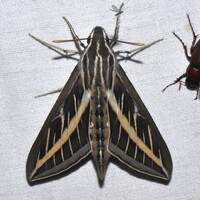
| Recorded by: David George, Jeff Niznik, Rob Van Epps, Kevin Metcalf on 2025-07-20
Richmond Co.
Comment: |
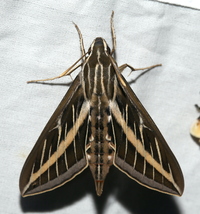
| Recorded by: David George, Jeff Niznik, Rob Van Epps, Kevin Metcalf on 2025-07-20
Richmond Co.
Comment: | 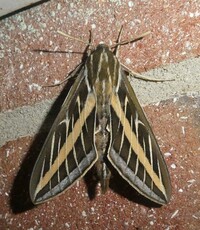
| Recorded by: Simpson Eason on 2025-07-16
Durham Co.
Comment: |
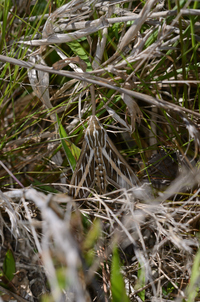
| Recorded by: Hunter Phillips on 2024-04-14
Onslow Co.
Comment: | 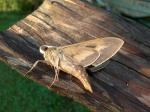
| Recorded by: R. Newman on 2023-09-13
Carteret Co.
Comment: |
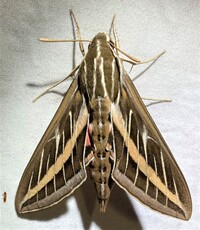
| Recorded by: Dean Furbish on 2023-08-08
Wake Co.
Comment: | 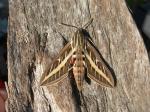
| Recorded by: R. Newman on 2023-07-28
Carteret Co.
Comment: |
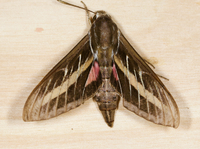
| Recorded by: Jim Petranka, Bo Sullivan, and Steve Hall on 2022-07-25
Moore Co.
Comment: | 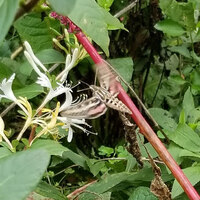
| Recorded by: Jeff Niznik on 2021-10-08
Wake Co.
Comment: |
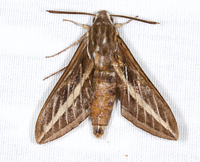
| Recorded by: Jim Petranka and Bo Sullivan on 2021-08-10
Moore Co.
Comment: | 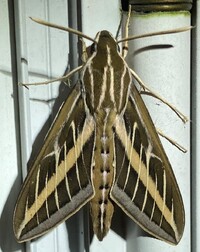
| Recorded by: Dean Furbish on 2021-07-25
Wake Co.
Comment: |
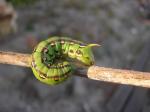
| Recorded by: R. Newman on 2020-11-10
Carteret Co.
Comment: | 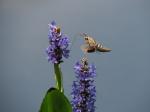
| Recorded by: C. Taunton on 2020-08-14
Wake Co.
Comment: |
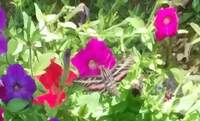
| Recorded by: Mark Basinger on 2020-08-05
Rowan Co.
Comment: | 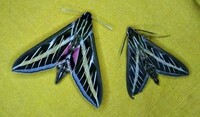
| Recorded by: Gary Maness on 2020-07-23
Guilford Co.
Comment: |
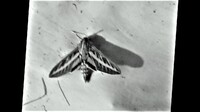
| Recorded by: Darryl Willis on 2019-08-05
Cabarrus Co.
Comment: | 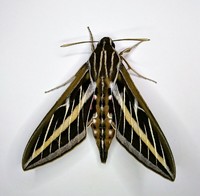
| Recorded by: Gary Maness on 2019-07-17
Guilford Co.
Comment: |
|

 »
»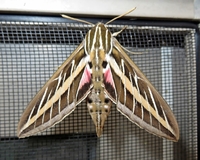
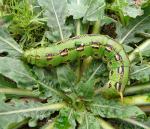

 »
»
